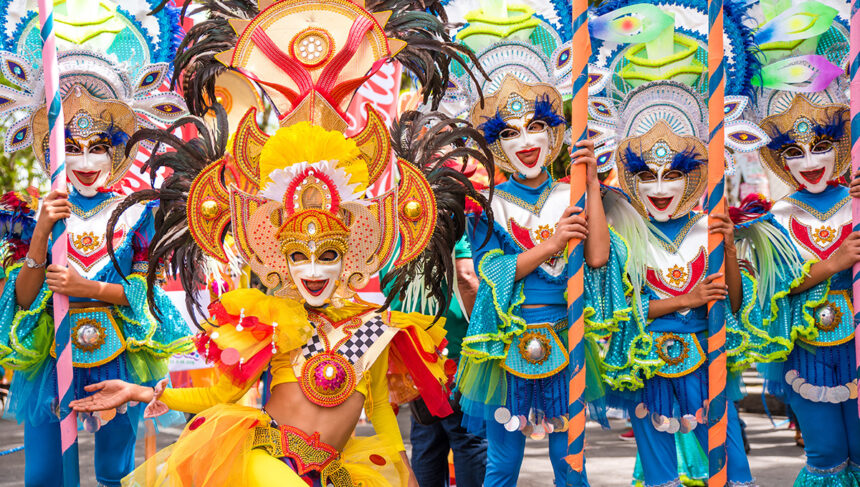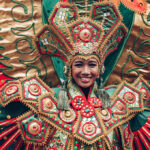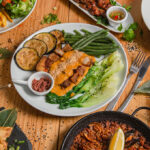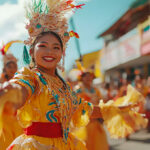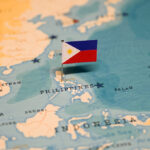The Philippines’ Culture and Traditions are like a beautiful mosaic composed of many different civilisations, all beautifully fitting together. This sets the Philippines apart. Absorb the immense range of cultures that make up this collection of islands, from ancient ways of life to the repercussions of Spanish colonisation to the newest technological innovations.
The Sinulog Festival in Cebu brings Filipino culture to life. The streets are alive with a kaleidoscope of colours as people dance to a steady rhythm. Likewise, Baguio’s Panagbenga Festival improves the city’s attractiveness with lots of bright green plants every spring.
Living in the Philippines is based on “Bayanihan,” or coming together as a community. “Neighbours helping neighbours” is a lovely phrase that will make you feel welcome everywhere.
Religion is very important in Filipino society. The Quiapo Church in Manila and the Paoay Church in Ilocos Norte are on the UNESCO World Heritage List. Rich in history and soul, these beautiful churches reveal how Filipinos combine their major religion and art into their daily existence.
Filipino food follows you through your senses. Adobo is sour, and singing makes you warm and comfortable. Every meal has a story. Filipinos are kind, and a big part of that is sharing food. Food does more than just feed people; it builds memories and bonds.
You are a major player in the cultural symphony of the Philippines; you cannot just watch. People in this country will greet you with open arms, give you lots of creative ideas, and leave a mark on your heart and spirit from the many different cultures living together.
Philippines Culture and Traditions
Make your Philippines holiday around a national treasure. Most Filipino landmarks are open 365 days a year and feature a festival nearby!
Love for the Philippine’s Culture and Traditions drives Filipinos. They love it so much that they schedule two whole months for celebration! During National Heritage Month, the islands host many celebrations spanning several dozen festivals in May. Residents honour History Month in August with a variety of events. Not to worry if your Philippines holidays fall outside of May or August. Most national landmarks are open 365 days a year so you might find a celebration nearby.
Attending a turtle festival can let you view MOUNT SAMAT NATIONAL SHRINE wonderfully
Rising above the picturesque Mount Samat near Pilár, the Mount Samat National Shrine, and Mount Samat Cross memorialise American and Filipino soldiers fighting in World War II. Usually known as the Shrine of Valour or Dambana ng Kagitingan, the shrine’s components were created by famous Filipino and Italian artisans. This strikes a balance between the historical knowledge of sight-seers who like some art and their travel.
Celebrate Mount Samat Cross
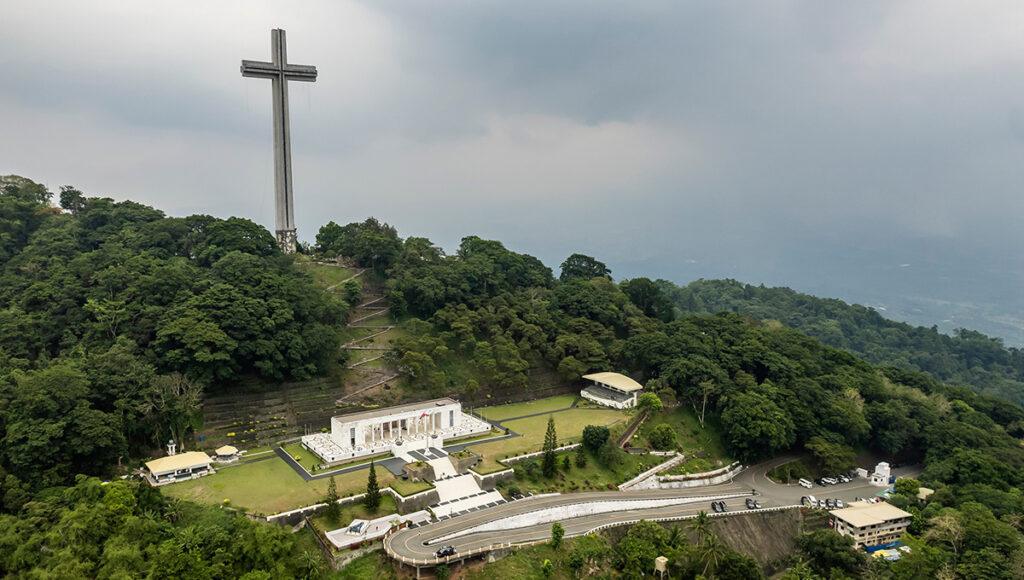
After the annual Pawikan Festival, when newborn turtles are released into their natural environment, you may visit the temple. On the last Sunday in November, the Pawikan Conservation Centre in Morong, Bataan, hosts the conservation activity.
Travel the HISTORIC CITY of Vigán in a horse-drawn carriage along cobblestone roads
See a 15th-century Spanish village in the Historic City of Vigan via kalesa or horse-drawn carriage. Appealing mostly to Calle Crisologo visitors, Vigan has around 200 historic homes and buildings scattered across 25 cobblestone streets. Vigan was named one of the New 7 Wonders Cities in 2014 and proclaimed a UNESCO World Heritage Site in 1999; discover the history of the period at Crisologo Museum and Vigan Cathedral; then, see the unusual architecture of the era.
Join a Vigan City festivity
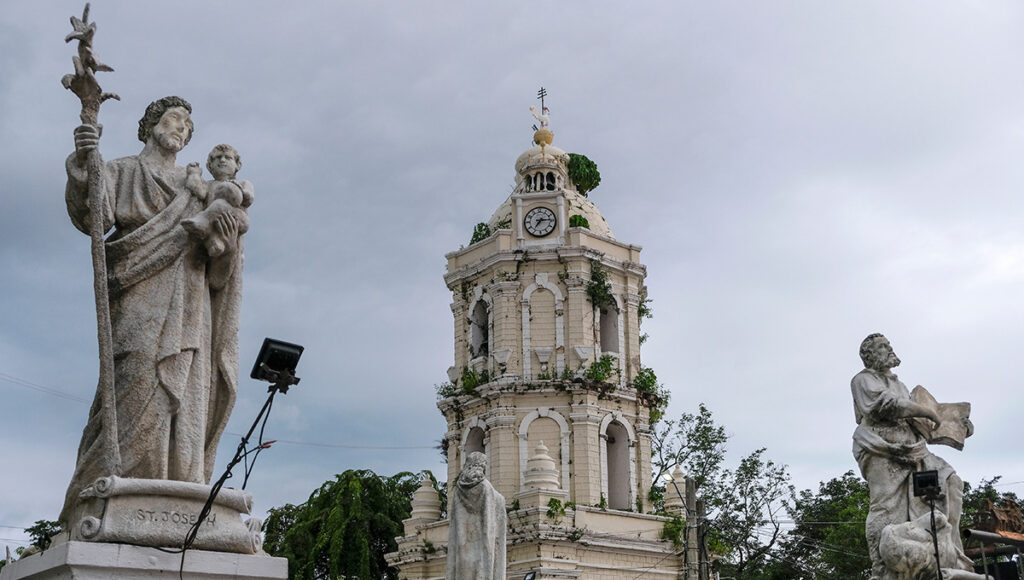
The first week of May sees the Viva Vigan Festival of Arts. Honouring Isabelo de los Reyes, who established the first federation of labour in the Philippines, the religious and cultural celebration honours labour Day and promotes the value of the Historic City of Vigan.
Regarded as a homecoming festival for Filipinos, Vigan City Fiesta takes place annually on January 25. Apart from the anniversary of Vigan being an established city, the religious-based celebration honours St. Paul the Apostle’s conversion.
For Catholics, the Tres de Mayo Celebration honours St. Helena’s pursuit of the Cross of Jesus with her son, Prince Constantine.
Go to the MACARTHUR LANDING MEMORIAL NATIONAL PARK to see the site where troops landed to free the Philippines
Look at seven larger-than-life monuments honouring General Douglas MacArthur’s return to the Philippines under Japanese control during World War II. Rising over twice the height of the average person, the sculptures show a moment from October 20, 1944, when MacArthur and his group waded onto Red Beach, fulfilling MacArthur’s 1942 promise of returning to free the Philippine people. Often called MacArthur Park, the MacArthur Landing Memorial National Park is a safeguarded site among Leyte’s most often visited tourist attractions.
Have a party close to MacArthur Landing Memorial National Park
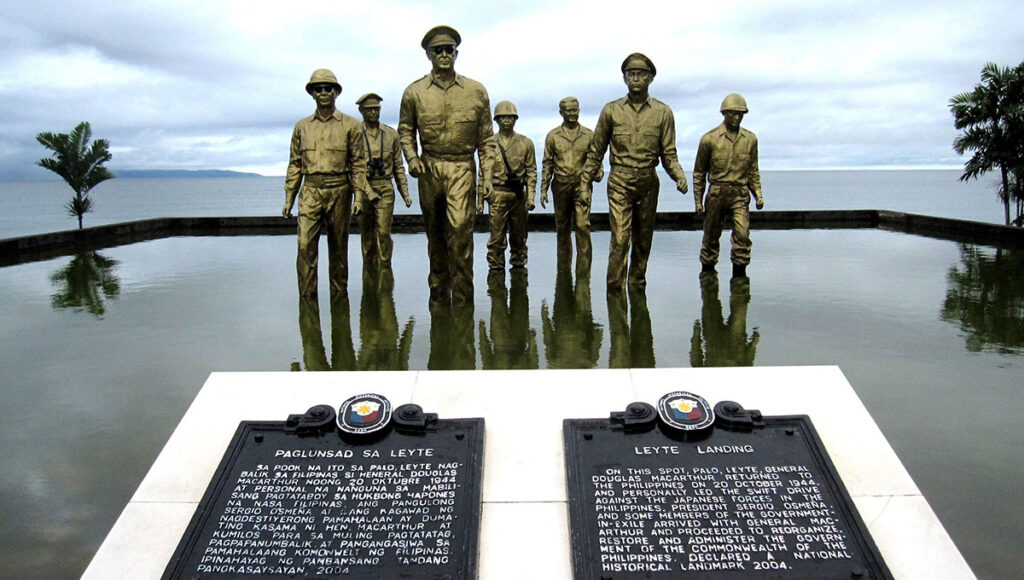
At a great Pintados-Kasadyaan Festival of Festivals, celebrate with tattooed local people. Observed in Tacloban City around June 29, the holiday draws together nearby communities with vibrant parades, traditional dances, and a breathtaking exhibition of the full-body tattoos worn by Pintados, or Samar and Leyte people.
Marvel at a 16th-century Catholic insignia held by a Portuguese explorer at MAGELLAN’s Cross
Magellan’s Cross, found in Cebu City, marks the entrance of Catholicism to the Philippines. According to legend, Portuguese explorer Ferdinand Magellan planted the Cross in 1521, and Cebu developed around the renowned location. Next to the Santo Nío Basilica (Basilica Minore), a little church displays a replica of the Cross. A sign near the location claims the actual Cross lives within the replica, thereby preserving the centuries-old Cross from decay and theft.
Search for a party near Magellan’s Cross

Among the most regularly attended Catholic festivities in the Philippines, the Sinulog Festival is rather high. Famous for its street celebrations, traditional dances, and great costumes, the Sinulog Festival draws between one and two million people on the third Sunday in January.
Stroll around a protected area, remembering a cherished hero at RIZAL PARK
At Rizal Park, where the Rizal Monument serves as a reminder of the nation’s fight towards freedom, honour a Filipino hero. Located in the park’s center, the bronze statue commemorates national hero José Rizal, who fought Spanish authority in the 19th century and was killed alongside hundreds of other well-known officials and loyalists at the location of the contemporary monument. Originally Bagumbayan Field, the site was renamed Luneta National Park in 1955. Residents still call the area Luneta, now maintained by the José Rizal National Centennial Commission. Travel to Fort Santiago and the Museo Ni Rizal for a more complete study of Rizal’s impact on Filipino society.
Observe a festivity at Rizal Park
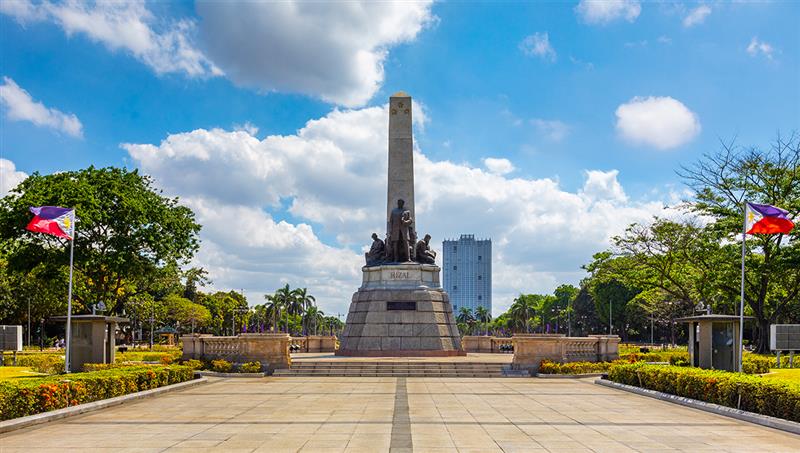
Every year on January 9, hundreds of Filipino Catholics reenact the 1787 movement of the coveted Black Nazarene sculpture from Rizal Park to Quiapo Church (Minor Basilica of the Black Nazarene). Made by an unknown Mexican craftsman coming to Manila in the early 1600s, the monument depicting Jesus carrying the Cross to his crucifixion was carved from mesquite wood. Though anybody may join the march, be ready for a 22-hour walk that locals often do barefoot.
13 Philippines Culture and Traditions: Guide to the Philippines’ Rich Culture
The Philippines is famous for its white-sand beaches and clear oceans. Every year, millions of visitors go to locations like El Nido or Boracay to enjoy a tropical island paradise. Palawan, a UNESCO World Heritage site in the Philippines, also attracts visitors.
The Philippines has plenty to offer for those who want to explore its wonders. Visiting only for its white-sand beaches implies you have hardly scratched the surface.
Here is a lively Philippines culture and Traditions with thousands of years of customs and a past. Often, it is called a “melting pot of Western and Eastern cultures.” Indigenous Austronesian customs form Philippine culture by reflecting Indonesian, Arabic, Japanese, Spanish, and American influences.
Bayanihan
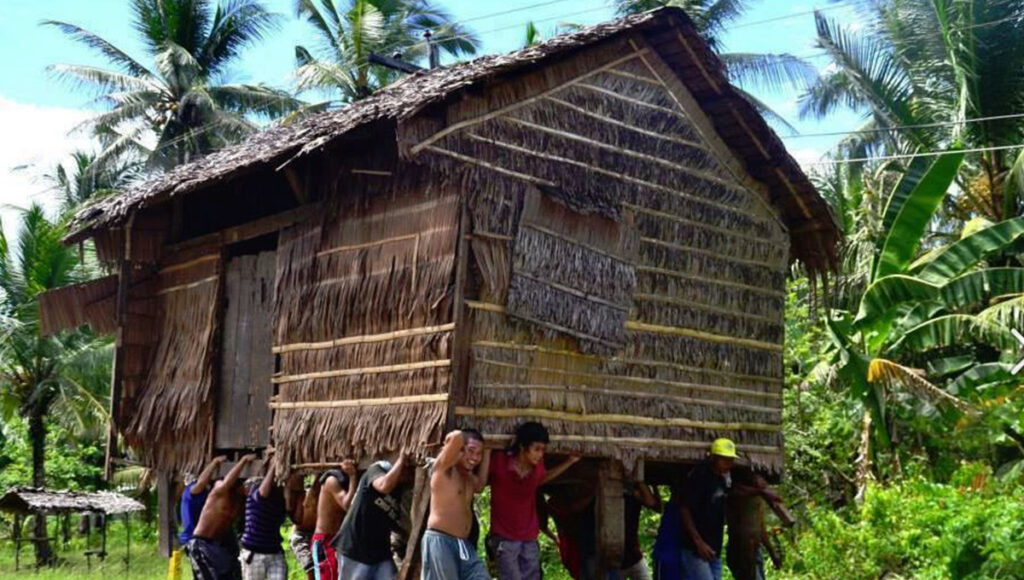
“Bayanihan” derives from the terms “bayan,” which means “community,” and “bayani,” which means “heroes.” It reflects the results of Filipinos cooperating to assist those in need without hoping for any gain. Daily life in the Philippines is mostly about unrequested assistance to others—even strangers.
Filipinos value bayanihan. Filipinos love their nation just as much as they love one another. They are always willing to assist a fellow citizen in need. However, they think that, ultimately, everyone suffers negative consequences.
The values of the Filipino people will reveal you to be somewhat connected. Bayanihan clearly relates to “harap” (worry), “pakikipagkapwa-tao” (friendship), “pagdadamayan” (empathy), “pakikisama” (companionship), and “utang na loob” (thankfulness and generosity).
Respect for Elders Using “Pagmamano”
The Philippines has particular customs, given its predominantly Catholic background. Every Filipino household honours seniors.
Young Filipinos may respect senior citizens with the “pagmamano” gesture. The elder gently touches the young person’s brow with their right hand. Provincial elders claim, “Kaawaan ka ng Diyos” (May God have mercy on you). Busy Manila elders usually say, “God Bless You” or “Bless you.”
Filipinos also utter “po” and “opo.” Filipinos use these terms to honour people and elders. In conversation, a normal phrase is finished or punctuated.
“Opo” might replace “yes” when responding to elders or respected individuals. The geography has led to little variation in the Philippine Culture and Traditions, so this practice is uncommon in many places, particularly in the Visayas and Mindanao.
Filipinos respect those who merit it, not those who want it. Your self-esteem will help others to appreciate you.
Four-month Christmas Season
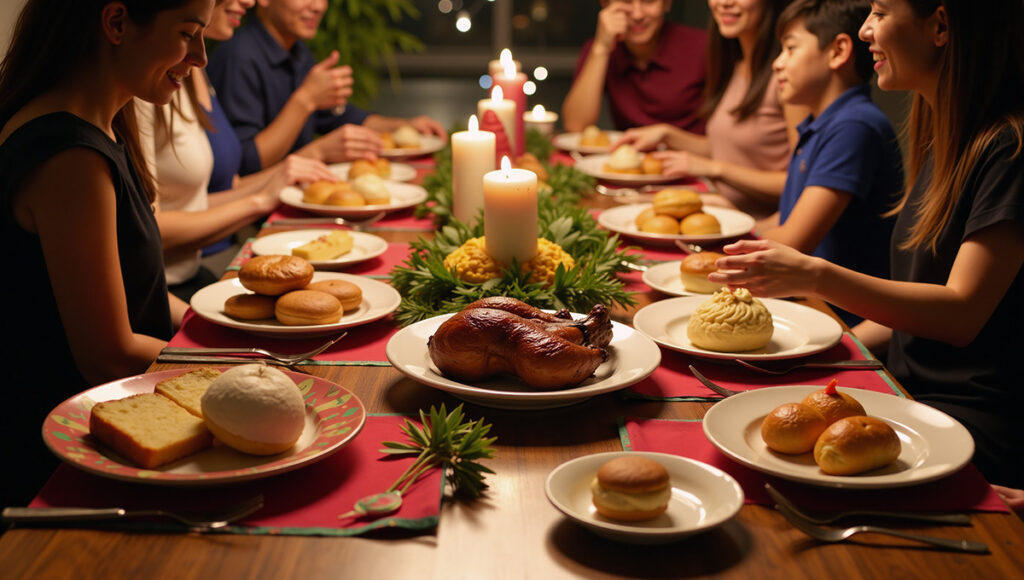
Visiting the Philippines around Christmas will provide you with months of joyful spirit. The Philippines boasts the longest Christmas celebration in the world, which runs from September to December, so you have lots of time to come.
In September, street carollers in the Philippines help to foster a joyful mood. Professional carollers will also perform in every neighbourhood house.
The Philippines in December comes alive with lights, music, and a festive atmosphere that’s unlike anywhere else in the world. Cities and towns are adorned with colourful parols (lanterns), bustling night markets, and community events that bring people together in celebration. It’s the perfect time to experience the country’s rich traditions and warm hospitality.
Houses will begin decorating with Christmas lights and parasols from the most complex to the most basic. The joyful attitude will get better as Christmas draws closer. Your pals could ask you for Christmas celebrations, so don’t be shocked because Christmas in the Philippines is a time of vibrant traditions, warmth, and togetherness.
Attend Simbang Gabi, midnight mass, from December 16–24. Filipinos have attempted to attend all nine midnight services preceding Christmas for many years.
Your incompleteness should not concern you. Christmas goodies like “puto bumbong” and “bibingka” are sold outside the church. On Christmas Eve, your Filipino friends will host Noche Buena.
Jollibee’s meals on noteworthy events
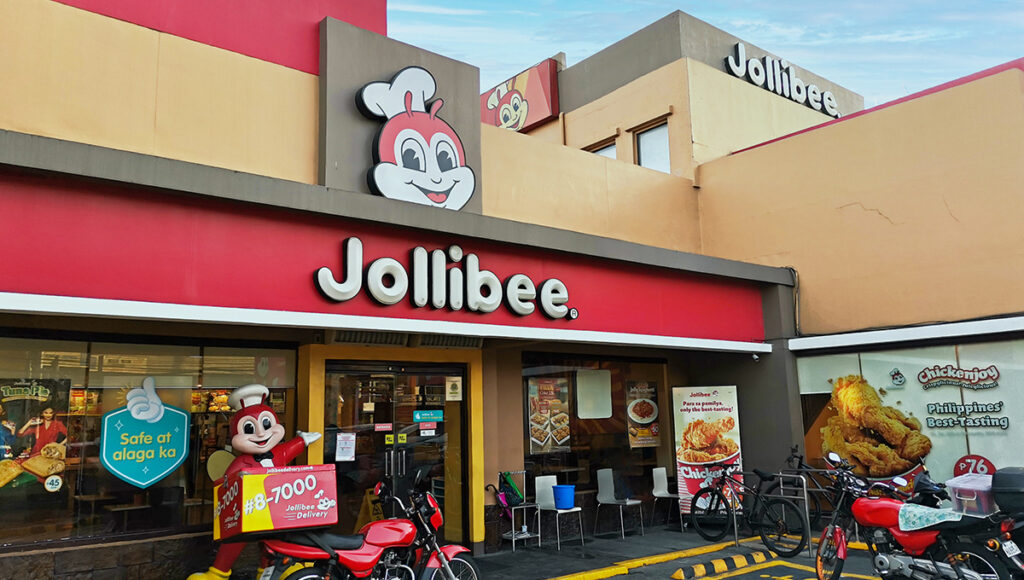
Have you seen a bumble bee in a red jacket, shirt, and chef’s cap? That’s Jollibee!
The largest fast-food chain in the Philippines, Jollibee, serves as its mascot. Though people of all ages appreciate it, children especially admire its cuteness. Unlike the scary clown, Jollibee is a kind and talented mascot who dances contemporary. Anthony Bourdain’s Parts Unknown was where it was first seen.
Family-oriented Filipinos often spend their evenings at Jollibee to celebrate significant occasions, such as completing an exam, obtaining employment or school accolades, graduating, or celebrating a birthday. Many Filipinos cannot understand this, although Jollibee ends off significant occasions.
Motivated by Filipino success, Jollibee Philippines, From greetings to Filipino-inspired food, the restaurant’s family-oriented choices reflect this. Well-trained, dedicated employees in a family-like environment are another shop strength. Every Jollibee’s pleasant atmosphere is among the best things to do in Manila.
The passion for Lechon
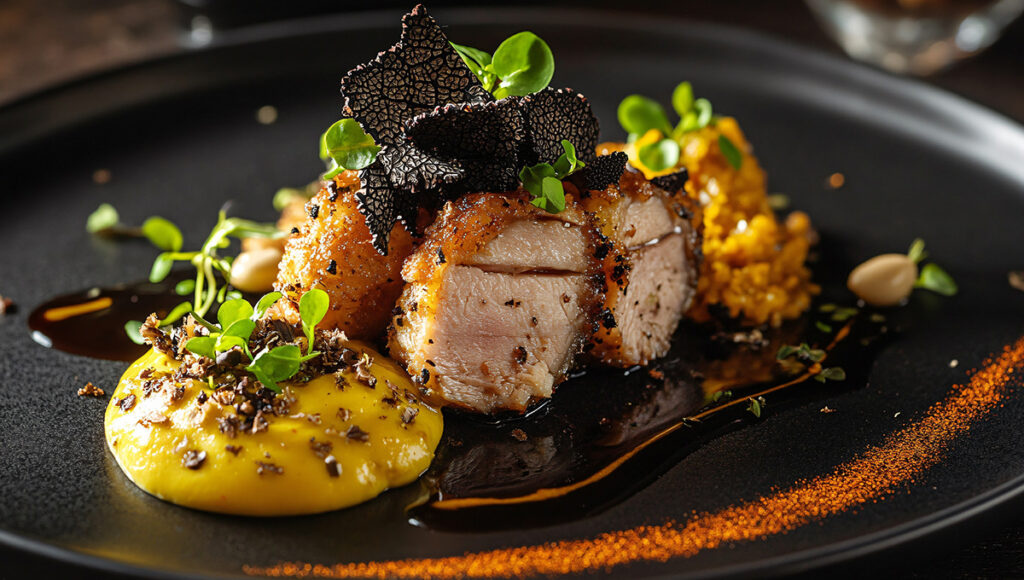
Food is more than simply eating. You have no idea how they tell. Filipino cuisine reflects the Philippine’s Culture and Traditions. Filipinos make every occasion memorable by designing every meal distinct. While in the Philippines, try lechon, a well-known Filipino dish.
Many festivals include this tasty roasted pig cooked over charcoal. To make “sinigang” or “paksiw na lechon,” use vinegar and spices on stew leftovers. Outside, it’s crunchy and hot; inside, it’s soft and delicious. Explore more iconic Filipino dishes that showcase the country’s rich culinary traditions.
Filipino cuisine is similar to others because of its colonial past. This created odd taste combinations and cooking methods that Filipinos value. For Filipinos, food is more than just fuel. It requires effort and creativity.
The Boodle Fight
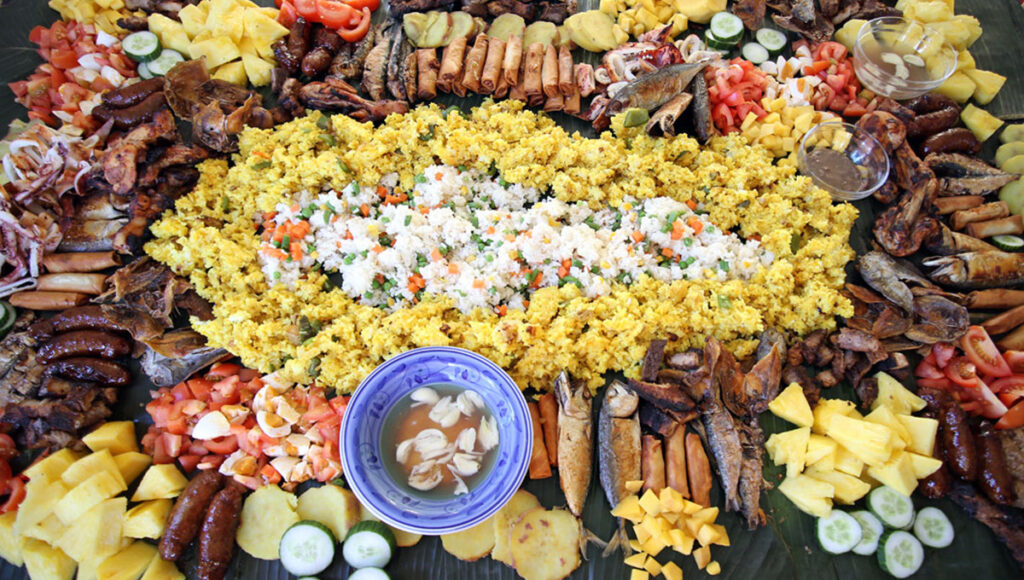
Eating might not be fun for little Filipinos. However, the country’s diverse cuisine earns it the title of Asia’s melting pot. Filipinos go without rice every day, and boodle battles are popular here.
Food lovers will like this gathering. Big dinners shared with family or friends lacking formality are called boodle fights. Authentic Filipino cuisine is eaten by hand, or “kamayan,” without cutlery.
Traditional Filipino dinners are served on one big banana leaf. The banana leaf displays the most popular Filipino dishes made with local ingredients. Often, these are white rice, vegetable bits, fruits, meats, grilled fish, and white rice.
You will surround the meal, sit with friends, and feed yourselves. Many seaside restaurants provide a “boodle fight feast.” Using disposable plastic gloves can enable you to avoid hand soiling and loss.
Look no further for boodle battles with friends. Many Philippine island-hopping excursions in Siargao and Palawan include a boodle war feast for a tropical island holiday.
Visit every Holy Week Iglesia
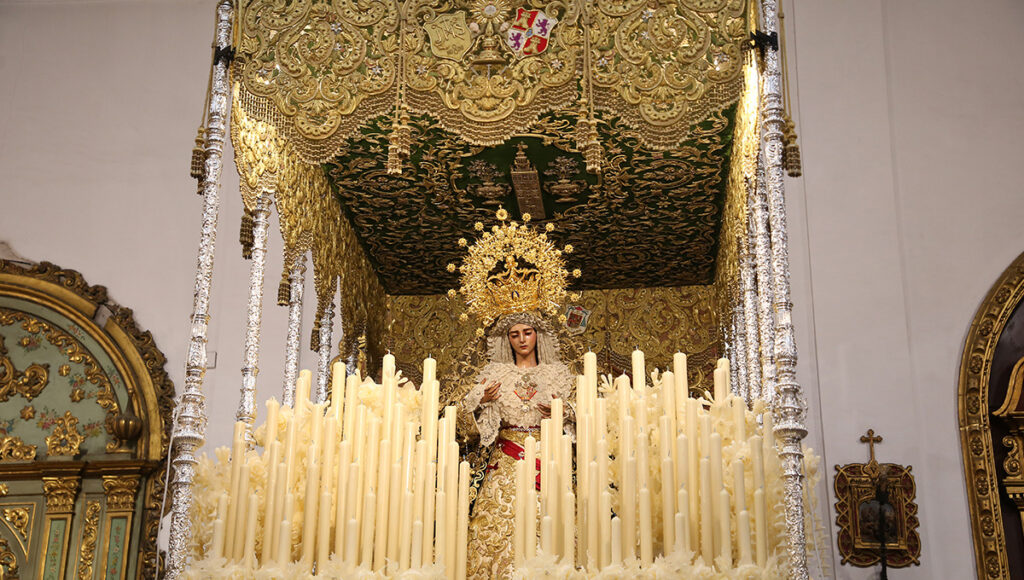
Filipino Catholics make the annual pilgrimage to Vistas Iglesia. During Holy Week, especially Maundy Friday or Good Friday, followers visited seven churches in one day at this location.
The most devout Filipino Catholics prayed barefoot between churches. However, devotees often drive to all seven churches, especially if they are far apart.
Visita Iglesia is open to Catholics during this time. Make pilgrimages to different places to feel a unique but exciting energy. It’s also the fastest way to experience Catholicism in the Philippines and its beautiful historic churches.
Filipino religion has existed since Spanish colonisation. This makes the Visita Iglesia accessible in any Catholic-majority Philippine region.
If you’re not Catholic or religious, you can participate if you behave respectfully. Without a chaperone, pilgrimage tours are one of the best ways foreign visitors can see Visita Iglesia.
Filipinos like to sing and drink

Talking to Filipinos is one of the best ways to experience their beauty and spirit. They are the nicest and most honest people you’ll ever meet.
If you want to have fun, ask around. People in the area are nice at a party, or “inuman,” which means “drinking session.” If you want to befriend a Filipino, don’t hesitate to say yes.
Drink with Filipinos. Filipinos like to drink and think that telling stories over ‘pulutan’ (beer snacks) and a few bottles of spirits will help them get along better.
Pinoys like to drink and sing music with each other. Thai people say singing is the best way to have fun. As long as everyone is having fun, it doesn’t matter how good they sing.
The Philippines will let you drink, but KTVs are very big. In clubs, there are karaoke machines where people can show off their singing skills. Thanks to the music machine and drinks, everyone has a good time.
No Ending Trust
There are many Christians in this Southeast Asian country. Every Sunday, Catholics in the Philippines go to church. In general, every Sunday, a Catholic family prays and worships God. Many people go to church every Sunday morning or afternoon.
Many Filipinos are very religious and follow the Catholic faith. Some of them get together every Sunday and on Christian holidays. They care greatly about Christmas, Holy Week, and family events like piñatas. Every Filipino family should go to church at least once a week.
If they can’t make it to church, they watch Sunday mass on TV every Sunday morning before the sun comes up. Filipinos became Christians because of Spain. Going to the Vatican (Holy See) and the Holy Land in Israel is a holy trip for Catholics from the Philippines.
Seeing Relatives Visited
Living with your family their whole lives in the same house or area is a sign of love for some Filipinos. But this doesn’t always happen in Filipino homes. For some, seeing their cousins is hard because they live in different places. But they still want to talk, so every Sunday they visit a family member.
Filipino parents would often bring their kids with them when they went to see them. Making treats for their grandchildren is a fun way for grandparents to spend time with their grandchildren. Filipinos still think about and visit their parents a lot after they have kids of their own. They love them a lot.
Unique ways to get around: jeepney, bike, pedicab, and kalesa
Driving a car makes it easy to see the country’s beautiful sights. Using the Philippines’ three oldest forms of transportation, on the other hand, makes the trip better.
The jeepney, pedicab, and bicycle are the best ways to get around towns and scattered places. Motorbikes with a passenger-side carrier are called “tricycles,” and bikes with one are called “pedicabs.” Pedicabs are more popular in the Philippines than cabs, and they travel on set paths.
Now, jeepneys are made from American military jeeps and are very big, like buses. Because of their bright colours, they are the most common way to get around in the Philippines.
If you’re taking a jeepney in the Philippines, you must pay for each other’s rides. This place is where you can learn about Filipino “Bayanihan” customs.
Kalesa or wagon rides have been replaced by modern transportation since the Spanish Colonial Period. In Manila and Vigan, kalesa rides will be available today in Intramuros and Calle Crisologo.
See and take part in Philippine celebrations or “fiestas”
To get the most out of Filipino culture, visit during the holidays to see how their lively art scene comes to life.
People all over the city party and dance during Filipino fiestas, which last for a week or a month. You might be asked to eat at some people’s fiestas.
Feasts in the Philippines honour local saints or show off the area’s main crop. You need to check out these Filipino celebrations:
- During the Sinulog Festival in January, a week of dancing, processions, and parades in bright outfits is held in honour of Santo Nio, Cebu’s patron saint.
- Santo Niño is honoured at the Ati-Atihan Festival in Aklan. In the streets, people dress up as negritos and dance and sing. It starts in the middle of January. On the fourth Sunday of January, it happens in Iloilo.
- At the Dinagyang Festival, people honour Santo Niño and a Datus-trade deal with street feasts and dancing.
- The Masskara Festival takes place in Bacolod in October. People wear masks and fancy clothes to the festival.
Hospitality
People who have been to the Philippines say the people there are friendly, willing to help, and great hosts. Our need for “hiya” and “pakikipagkapwa-tao” (friendliness) makes us shy. Everyone is welcome.
Their goal is to give you the best server possible. They do a lot to look good. At work, they talk about how people treat customers in the West. As a customer, they want to be king.
Filipinos naturally be nice to guests, so use that to your advantage to make their time with you great.
They work hard to make their customers feel like kings without making them do anything. They make it clear that customers are guests and want all of them to feel welcome. Filipinos want to get better and trust tourists.
They don’t get paid for it; they do it for fun and to help.
That sounds like your trip. Talk to one of our Travel Consultants to learn more about the Best Holiday Destinations in the Philippines for Philippines Culture and Traditions and begin planning your one-of-a-kind trip. If this sounds interesting, why not check out some other amazing Philippines spots? Take family-friendly trips and cultural holidays, or use World Pinoy Flights to get from one island to another and do other things.


